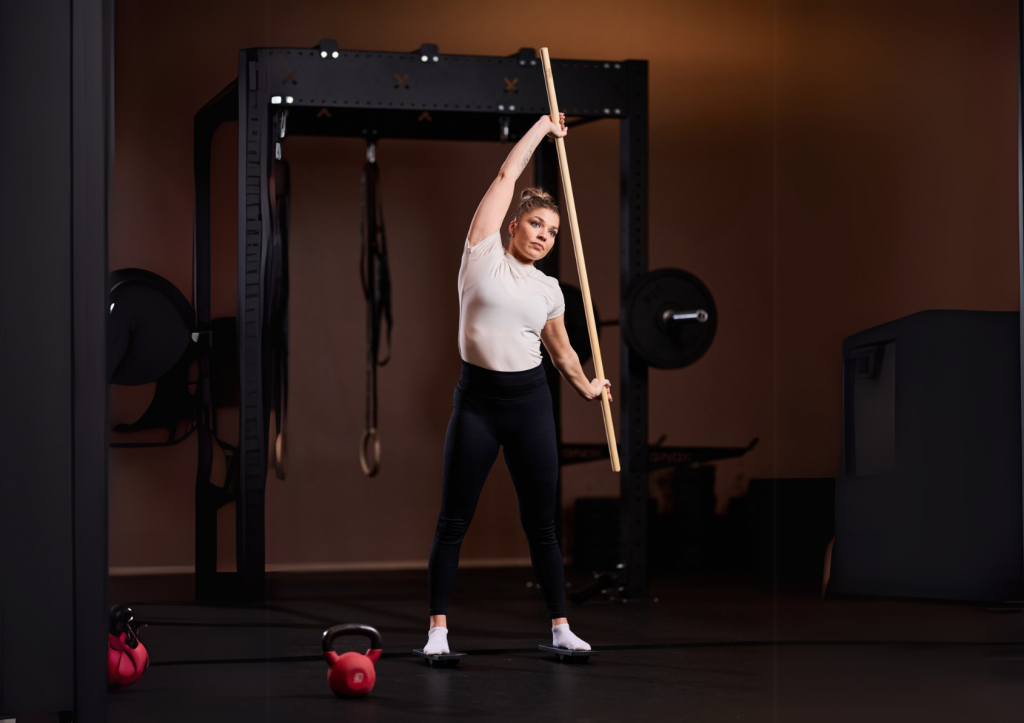In today’s desk-bound world, maintaining good posture has never been more challenging or more important. Whether you’re working from a home office or a corporate setting, hours of sitting can take a serious toll on your body. Poor posture doesn’t just affect how you look, it influences your overall health, energy levels, and productivity. The good news? Simple, targeted exercises can make a world of difference. In this guide, we’ll explore practical, effective exercises that help improve posture, reduce lower back pain, and enhance your well-being during the workday.
Why is good posture important for your health?
Good posture is far more than standing tall or sitting straight. It’s a foundation for overall health that affects nearly every bodily system. When your spine is properly aligned, your muscles work more efficiently, requiring less energy to support your body against gravity. This reduces unnecessary strain on ligaments and joints, particularly in your neck, shoulders, and lower back.
Proper posture also creates more space for your lungs to expand, improving breathing capacity and oxygen intake. This increased oxygen flow enhances brain function, helping you stay alert and focused throughout your workday. Additionally, good posture promotes better circulation, allowing blood to move more freely throughout your body, delivering essential nutrients to tissues and removing waste products more effectively.
For office workers who spend 8+ hours sitting daily, the importance of good posture cannot be overstated. Poor posture is a leading contributor to work-related musculoskeletal disorders, which account for a significant portion of workplace injuries and absences.
Common posture problems and their causes
Several distinct postural issues plague modern office workers, each with specific causes and consequences:
Forward head posture occurs when your head juts forward, placing strain on your neck and upper back. This is typically caused by looking down at phones or improperly positioned monitors. For every inch your head moves forward, it adds approximately 4.5 kg of force to your neck and upper back muscles.
Rounded shoulders result from prolonged sitting, especially when working at a keyboard without proper arm support. This position tightens chest muscles while weakening important upper back muscles that support proper shoulder alignment.
Anterior pelvic tilt happens when your pelvis rotates forward, creating an exaggerated curve in your lower back. This is common among people who sit for extended periods with poor core support, leading to tight hip flexors and weak abdominal muscles.
These problems share common causes: poorly arranged workstations, insufficient movement throughout the day, and muscle imbalances from repetitive positions. The growing prevalence of these issues makes understanding proper ergonomics and corrective exercises increasingly important for maintaining health and preventing chronic pain.
5 simple desk exercises to improve posture
Incorporating these quick exercises into your workday can help counteract postural strain:
1. Shoulder rolls (30 seconds, every 1-2 hours)
Sit away from your chair back with feet flat on the floor. Place hands on knees. Inhale while arching your back and looking up (cow). Exhale while rounding your spine and dropping your chin (cat). Repeat 5-10 times, moving with your breath. This exercise maintains spinal mobility and relieves stiffness.
3. Chest openers (30 seconds, hourly)
Sit tall and gently draw your chin back, creating a “double chin.” Hold for 3-5 seconds and release. Repeat 10 times. This strengthens deep neck flexors and helps correct forward head posture.
5. Gentle spinal twists (1 minute, every 2 hours)
Sit tall, place right hand on left knee, and left hand behind you on your chair. Gently rotate your torso to the left, initiating the movement from your lower back. Hold for 10-15 seconds, then switch sides. This improves spinal mobility and relieves pressure between vertebral discs.
Strengthening exercises for better posture
Building strength in key postural muscles creates the foundation for maintaining proper alignment:
Wall angels target upper back muscles that support proper shoulder position. Stand with your back against a wall, feet hip-width apart and slightly forward. Press your lower back, upper back and head against the wall. With elbows bent at 90 degrees, press your arms against the wall and slowly slide them upward. Return to starting position. Perform 2 sets of 10 repetitions daily.
Planks strengthen your core, which is essential for spinal stability. Begin in a push-up position or on your forearms, keeping your body in a straight line from head to heels. Engage your abdominals and hold for 20-60 seconds. Aim for 3 repetitions, increasing duration as strength improves.
Bird dogs improve balance while strengthening both core and back muscles. Begin on hands and knees. Simultaneously extend your right arm forward and left leg backward while maintaining a neutral spine. Hold for 5 seconds, then return to starting position. Alternate sides for 10 repetitions on each side.
Glute bridges activate often-dormant gluteal muscles that support proper pelvic alignment. Lie on your back with knees bent and feet flat. Press through your heels to lift your hips toward the ceiling, creating a straight line from shoulders to knees. Hold for 2-3 seconds at the top, then lower. Perform 12-15 repetitions for 2-3 sets.
How to set up an ergonomic workspace
The foundation of good posture begins with your workspace setup:
Position your monitor at eye level, approximately an arm’s length away. The top of the screen should be at or slightly below eye level to prevent neck strain. If using a laptop, consider a proper ergonomic laptop stand for comfortable viewing with a separate keyboard and mouse to achieve proper height.
Your keyboard should allow your elbows to rest at 90-110 degrees with wrists in a neutral position. Avoid resting wrists on sharp edges or maintaining awkward angles during typing.
Select a chair that supports your spine’s natural curve with adjustable height, allowing your feet to rest flat on the floor. Your knees should be at approximately the same level as your hips.
Alternate between sitting and standing throughout the day if possible. Even with perfect posture, staying in any position for too long creates strain. A good rule is to change positions every 30-60 minutes.
Creating healthy posture habits that last
Improving posture requires consistent attention and practice before it becomes second nature:
Set up posture check reminders on your phone or computer to prompt awareness throughout the day. These quick mental scans help reset your alignment before poor patterns become entrenched.
Incorporate microbreaks into your routine, short 1-2 minute pauses to stand, stretch, or simply change positions. Even minimal movement helps reset muscle tension and improve circulation.
Practice the 20-20-20 rule for eye strain: every 20 minutes, look at something 20 feet away for 20 seconds. This reduces visual fatigue while also encouraging you to regularly reset your posture.
Small movements throughout the day make a tremendous difference in posture and well-being. Even gentle weight shifting, ankle circles, or active standing with a Gymba balance board can prevent muscles from becoming rigid in poor positions.
At Gymba, we understand how challenging maintaining good posture can be in today’s desk-bound world. That’s why we’ve developed innovative ergonomic solutions for improved workplace comfort that seamlessly integrate into your existing workspace, making it easier to incorporate natural movement throughout your workday. By combining these targeted exercises with ergonomic workspace adjustments and movement-friendly equipment, you can create lasting improvements in your posture, reduce discomfort, and enhance your overall well-being.

